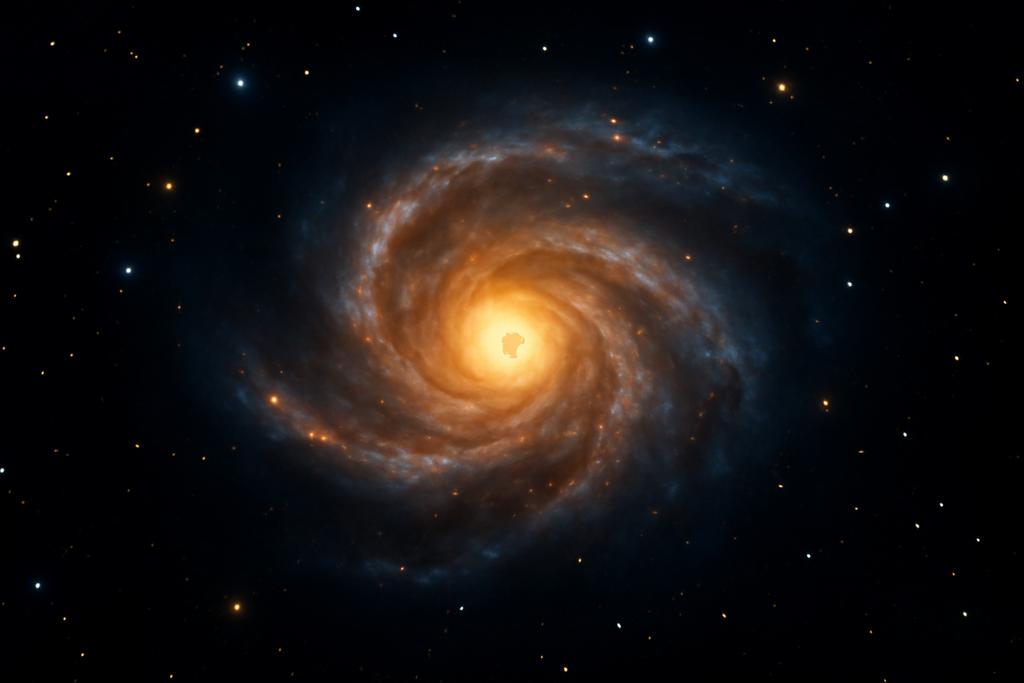In the vast theater of the cosmos, a peculiar class of active galaxies sits at a crossroads of mass and light. Narrow-line Seyfert 1 galaxies, or NLS1s, host relatively small black holes that gulp material at or near the Eddington limit. That makes them bright in X-rays, jittery in brightness, and oddly informative about how black holes grow. A new study wages a longer-distance experiment with the sky, using the all-sky X-ray telescope eROSITA to catch NLS1s around redshift one. The result is not a dramatic rewrite of black holes, but a careful bridge between what we know from nearby galaxies and what the young universe fuels in the distant past. The team behind the work is led by Jiachen Jiang of the University of Warwick, with collaborators across Cambridge, University of Hertfordshire, Saint Mary’s University in Halifax, and institutions in the United States, Germany, and the UK; the project leverages the first six months of data from the eROSITA all-sky survey, a milestone for X-ray astronomy.
The study asks a few crisp questions that cut to the heart of black hole accretion physics: do distant NLS1s light up in X-rays the way their closer cousins do when we know their ultraviolet luminosity? Is their X-ray spectrum unusually soft, hinting at a soft excess that sits atop a hot corona? And what does it mean for how we convert X-ray light into an estimate of a black hole’s true energy budget across cosmic time? If the answers hold, they suggest that the same engine that powers local NLS1s has been working in much the same way for billions of years—and that our methods for reading that engine from X-rays may need refinement when the accretion rate runs high.
One line of the paper foregrounds an important milestone: the researchers align the UV and X-ray storytelling with a known empirical relation between rest-frame UV at 2500 angstroms and X-ray emission at 2 keV, a relationship long established for AGN across a wide redshift range (up to the edge of the observable universe). The analysis shows that the rest-frame 2 keV luminosity of these z roughly 1 NLS1s sits where it should, given their 2500 angstrom luminosity, reinforcing the idea that the X-ray output tracks the UV output even when galaxies are seen from billions of light-years away. This is more than a consistency check; it signals that the inner physics governing the corona and the disc remains in the same ballpark, even when the universe was younger and perhaps more actively feeding its black holes.










